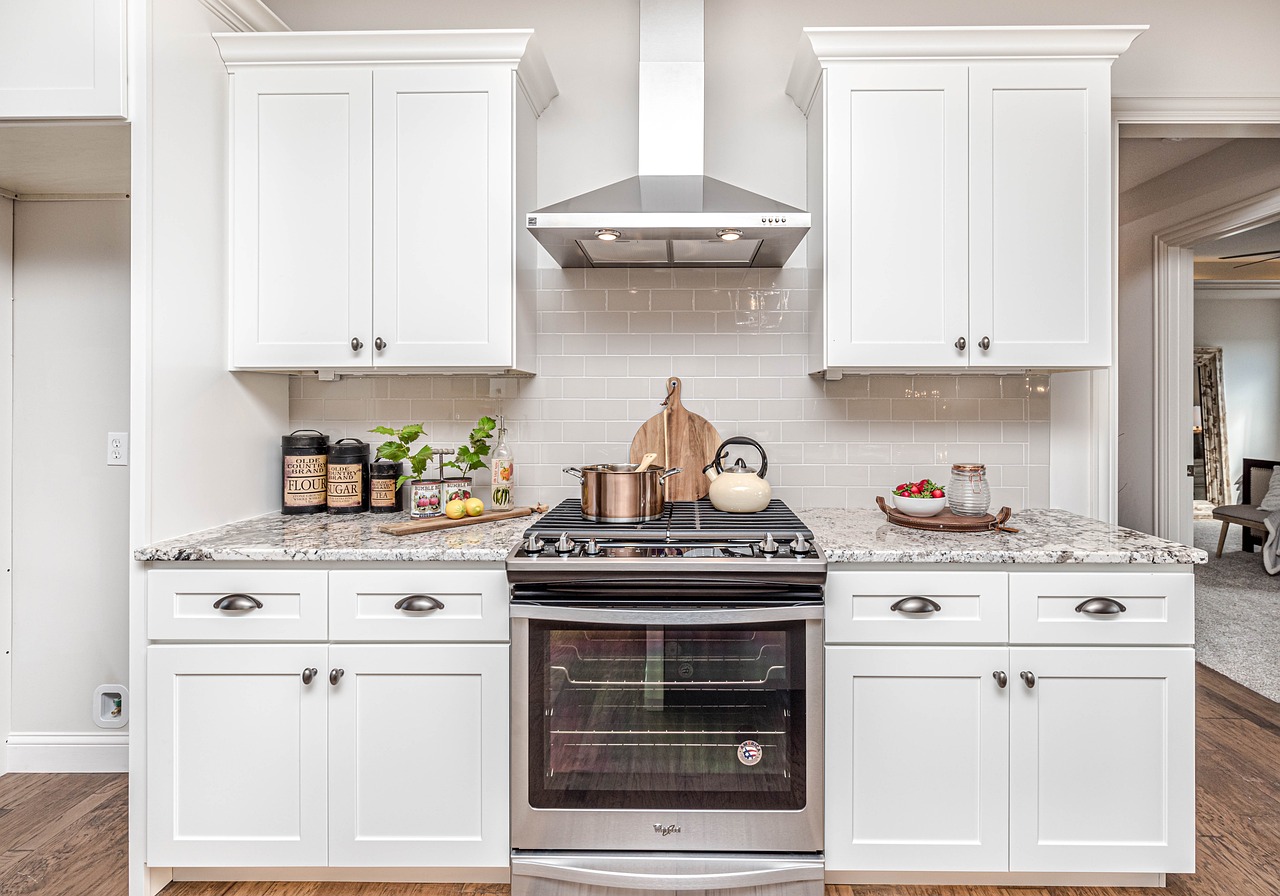How can you cook, bake and warm up food in a way that reduces carbon emissions? Choosing energy efficient cooking utensils in the kitchen are way of lowering your carbon footprint and saving money on your energy bill. Here are a few tips that will help you use less energy when cooking.
Air-fryer versus oven
Air-fryers are worth buying if you do not already have one. Air-fryers act like a small convention fan oven and are increasingly becoming popular in the UK because they cook food faster than an oven, easier to clean and healthier for us because oil is not needed to cook food. The Energy Saving Trust research shows cooking 600g of chicken breast would cost 14p with an air-fryer and 24p with an electric oven. Air-fryers use significantly less energy than an oven. Surveys of those who have an air-fryer have seen a reduction in their energy bill.
Best ways to warm things up
If you are batch-cooking, it is best to use an oven. Air-fryers are good for meals for 1 to 4 people. Ovens can be energy efficient if it is used for a large group of people. If you are re-heating something that is already made, microwaves use the least amount of energy compared to ovens or gas/electric hobs.
Boiling vegetables without wasting energy
The most energy efficient way to boil vegetables is to put the lid on the pan and to boil it gently. Do not boil them furiously on high heat without a lid. Lids make sure heat from energy does not drift away and boil vegetables faster.
Boiling the kettle
The average person has 3 cups of tea a day. It is better to fill the kettle just the right amount you need (one cup) rather than overfilling and boiling water repeatedly through the day.

Leave a Reply